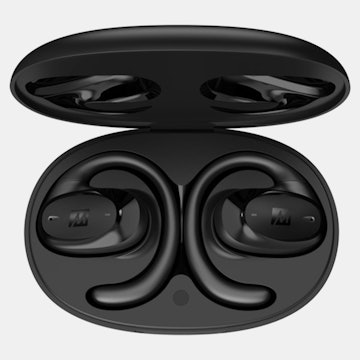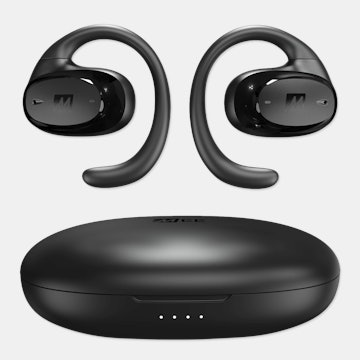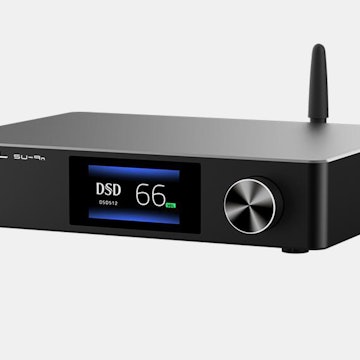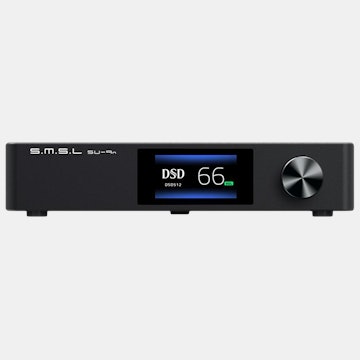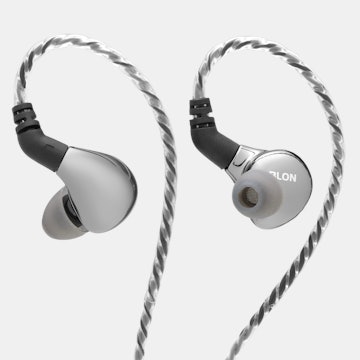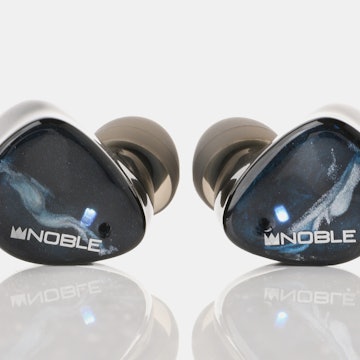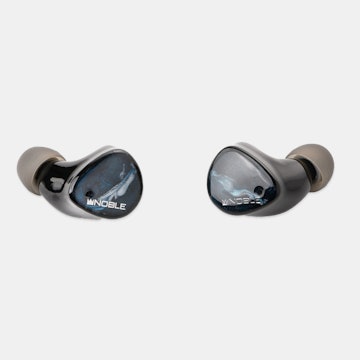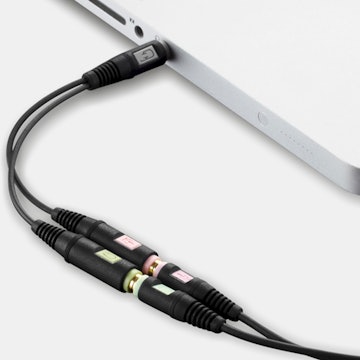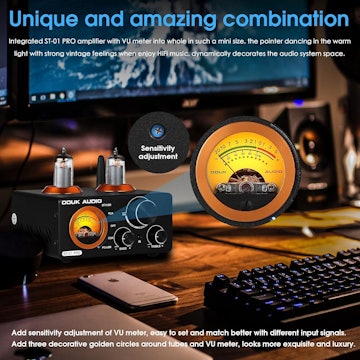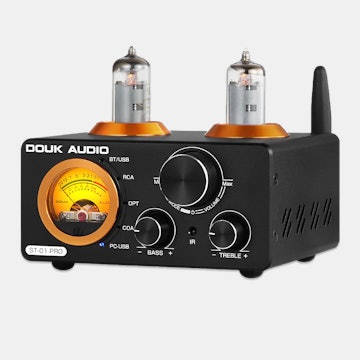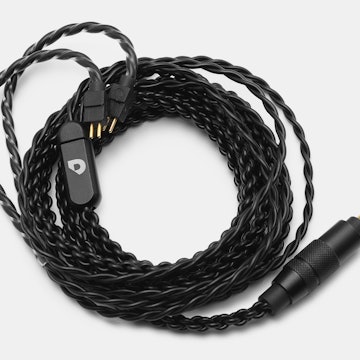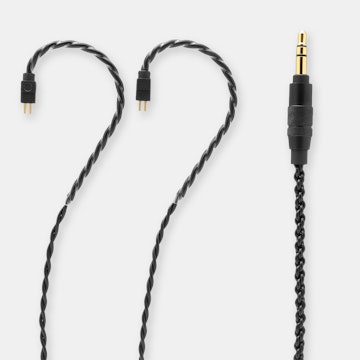Click to view our Accessibility Statement or contact us with accessibility-related questions







Showing 1 of 524 conversations about:

bigjim
162
Aug 13, 2017
bookmark_border
Doesn't "Hybrid Tube Amp" mean that the actual amplification of the signal is done by solid state op-amps?

AlexCavalli
293
Cavalli Audio
Aug 13, 2017
bookmark_border
bigjimIn general, no. I don't think I've ever seen a hybrid that works like this.
The CTH is what we might call a classic hybrid. It has a tube front end that is coupled to a unity gain solid state current buffer (for the power). The SS buffer is quite neutral to the sound so, for the most part, the sound of the amp is the tube. All of the gain is resident in the tube and none in the SS.
The buffers in the CTH are discrete, unity gain, current feedback opamps. They are not monolithic chips.
Some of our testers have noted that tube rolling doesn't make that much difference and that's because there is a small amount of global negative feedback and this feedback tends to make the tubes sound less different.
I hope this helps.
The CTH is what we might call a classic hybrid. It has a tube front end that is coupled to a unity gain solid state current buffer (for the power). The SS buffer is quite neutral to the sound so, for the most part, the sound of the amp is the tube. All of the gain is resident in the tube and none in the SS.
The buffers in the CTH are discrete, unity gain, current feedback opamps. They are not monolithic chips.
Some of our testers have noted that tube rolling doesn't make that much difference and that's because there is a small amount of global negative feedback and this feedback tends to make the tubes sound less different.
I hope this helps.

bigjim
162
Aug 13, 2017
bookmark_border
AlexCavalliThanks, yes! If I am understanding correctly, the power into the headphones is supplied by solid state devices. Is the tube then, kind of like a preamp to the solid state power amp section? The tube is like a filter than non-linearizes the signal?

AlexCavalli
293
Cavalli Audio
Aug 13, 2017
bookmark_border
bigjimYes. The more accurate way to say this would be: the tube supplies the voltage gain and the SS buffer supplies the current gain, both of which are needed to drive headphones.
Each stage can and does add its own non-linearities to the signal. The science and art of amp design is to manage these to create as transparent an amp as possible. Transparent being a partly subjective, but also measurable term.
Each stage can and does add its own non-linearities to the signal. The science and art of amp design is to manage these to create as transparent an amp as possible. Transparent being a partly subjective, but also measurable term.

bigjim
162
Aug 13, 2017
bookmark_border
AlexCavalliCan an amp be "transparent" and still have a sound of its own?

AlexCavalli
293
Cavalli Audio
Aug 13, 2017
bookmark_border
bigjimAlthough measuring amps can tell you a lot about them, the notions of transparent, SS edge, tubey sound, and other descriptors like this are relative to each other.
First, there isn't any amp that I know about that doesn't have some identifiable characteristic. Some seem to have minimal character and, basically, reproduce extremely well what's being fed into them. To the point where you forget that the amp is there. Some alter the input more than others so that you always know that part of what you're listening to is the amp itself and not just the music coming into it.
Depending on what each of us likes we pick characteristics that we like. This choice also involves the quality of the other components in the system. If you have a poor source you may choose an amp that feels like it compensates for your source and makes it sound better, although what it's probably doing is covering the weakness of the source with weaknesses of the amp itself. A truly transparent amp would tell you immediately that your source (for example) is not very good. OTOH if you have really superb source and a transparent amp you will hear that too. And then if you change amps to one that has significant character you will hear that it is not reproducing what is coming in from the source as accurately.
And then we could have the same issue on the other side of the amp with various headphones and their respective characteristics.
So to me, a highly transparent amp will reproduce the source accurately and will handle the headphone drivers so well that they deliver the sound that they are engineered to deliver. Then the amp gets itself out of the way in your listening chain and you forget about it.
But, even if we can achieve this for all practical purposes, the amp will still have a kind of character compared to other amps. So if you're used to an overly tube-like softness and you listen to a "transparent" amp you might feel like its character is too aggressive, even though it's just more accurate. OTOH, if you are used to an aggressive SS with SS edge at the top end you might feel that the "transparent" amp is too laid back. Yet, in both of these cases the "transparent" amp would be the most accurate at handling the source and headphones.
My experience over the last five years or so is that for the most part when people are able to listen to a really transparent amp they hear it and most of them can't go back.
But the conversation about the characteristics of amplifiers, as you all know, is endless......................... :)
First, there isn't any amp that I know about that doesn't have some identifiable characteristic. Some seem to have minimal character and, basically, reproduce extremely well what's being fed into them. To the point where you forget that the amp is there. Some alter the input more than others so that you always know that part of what you're listening to is the amp itself and not just the music coming into it.
Depending on what each of us likes we pick characteristics that we like. This choice also involves the quality of the other components in the system. If you have a poor source you may choose an amp that feels like it compensates for your source and makes it sound better, although what it's probably doing is covering the weakness of the source with weaknesses of the amp itself. A truly transparent amp would tell you immediately that your source (for example) is not very good. OTOH if you have really superb source and a transparent amp you will hear that too. And then if you change amps to one that has significant character you will hear that it is not reproducing what is coming in from the source as accurately.
And then we could have the same issue on the other side of the amp with various headphones and their respective characteristics.
So to me, a highly transparent amp will reproduce the source accurately and will handle the headphone drivers so well that they deliver the sound that they are engineered to deliver. Then the amp gets itself out of the way in your listening chain and you forget about it.
But, even if we can achieve this for all practical purposes, the amp will still have a kind of character compared to other amps. So if you're used to an overly tube-like softness and you listen to a "transparent" amp you might feel like its character is too aggressive, even though it's just more accurate. OTOH, if you are used to an aggressive SS with SS edge at the top end you might feel that the "transparent" amp is too laid back. Yet, in both of these cases the "transparent" amp would be the most accurate at handling the source and headphones.
My experience over the last five years or so is that for the most part when people are able to listen to a really transparent amp they hear it and most of them can't go back.
But the conversation about the characteristics of amplifiers, as you all know, is endless......................... :)

bigjim
162
Aug 13, 2017
bookmark_border
AlexCavalliThank you so much for taking the time for this conversation. Much appreciated! Endless? Maybe.
So, would you say that the massdrop-x-alex-cavalli-cth-tube-hybrid-amp has a sound of its own? If so, in what ways you say it deviates from 100% transparency? What are the characteristics of this "sound?" Which kinds of headphones (load type) would this "sound" best complement? Can this "sound" be described as a function of variations in frequency response (or distortion characteristics) with load type?
I know that I am hyper-curious. Hope you don't mind. Thanks!
Sorry... one more thing. Do you think that you could achieve the same "sound" with an all solid state design? Why or why not? (Remember the Bob Carver - Stereophile challenge of 1987?)
So, would you say that the massdrop-x-alex-cavalli-cth-tube-hybrid-amp has a sound of its own? If so, in what ways you say it deviates from 100% transparency? What are the characteristics of this "sound?" Which kinds of headphones (load type) would this "sound" best complement? Can this "sound" be described as a function of variations in frequency response (or distortion characteristics) with load type?
I know that I am hyper-curious. Hope you don't mind. Thanks!
Sorry... one more thing. Do you think that you could achieve the same "sound" with an all solid state design? Why or why not? (Remember the Bob Carver - Stereophile challenge of 1987?)
Morphenox
14
Jan 25, 2018
bookmark_border
bigjim Wow these are some great questions and are really helpful . The answers from Alex are also really informative.

